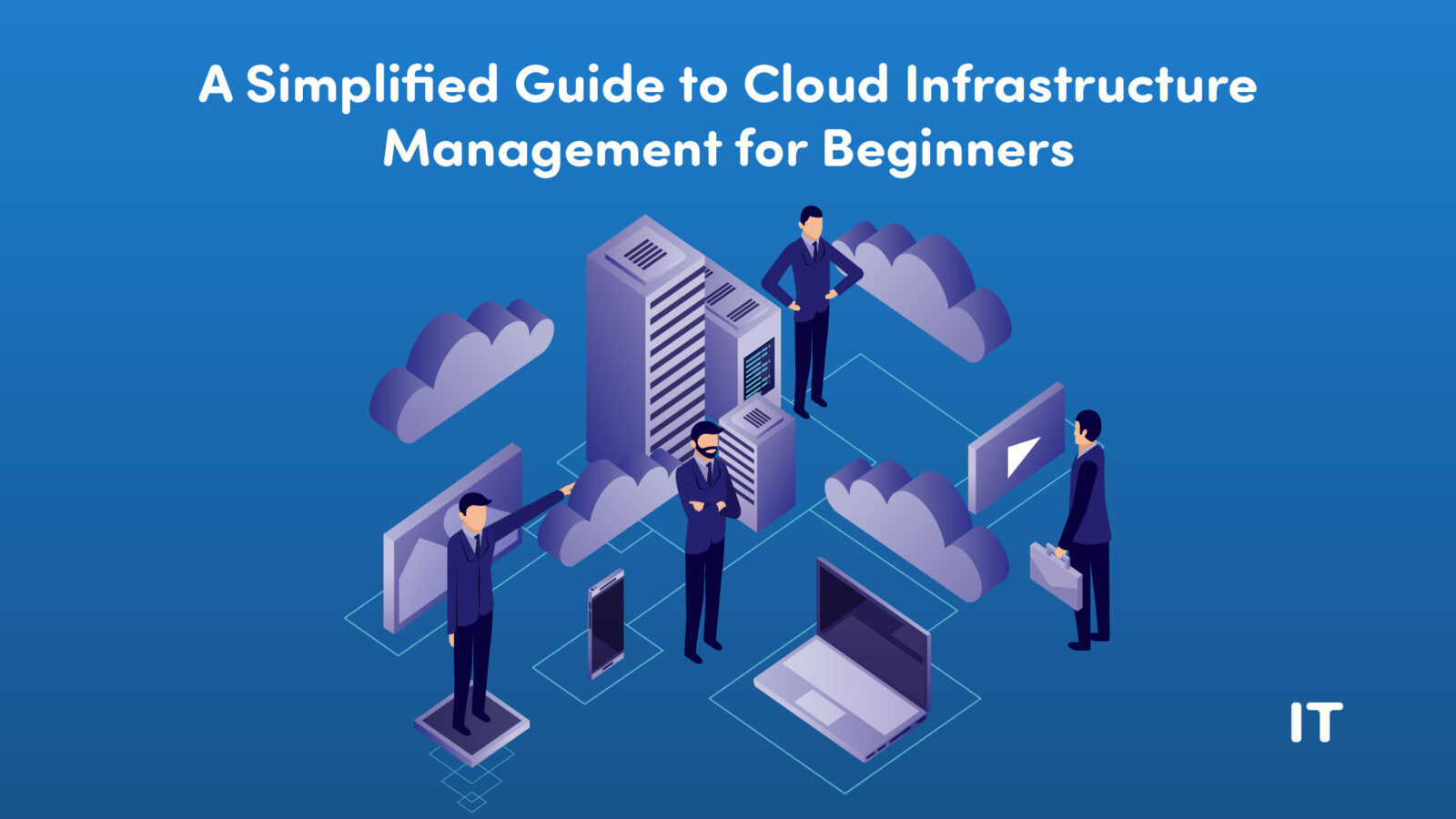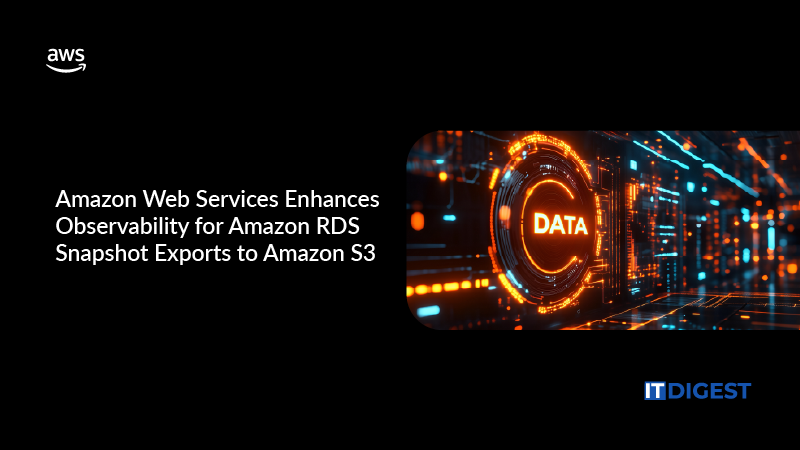Managing your IT resources in a flexible and decentralized manner is best achieved through cloud infrastructure management. This approach offers the scalability, flexibility, and cost-effectiveness necessary to meet the ever-changing demands of organizations, regardless of their size.
That’s why many businesses in today’s work landscape choose this model—it enables them to enhance performance and guarantee reliability.
In this article, we’ll break down the basics of this approach, delving into important concepts, various delivery models, and its main features.
What is Cloud Infrastructure?
Cloud infrastructure encompasses essential components for cloud computing: Compute (server), Networking, Storage, and Virtualization resources. It often includes a user-friendly interface for virtual resource management.
Take Infrastructure as a Service (IaaS) as a prime example. Here, teams access computing infrastructure over the Internet, obtaining computing power, storage, and related components without managing physical infrastructure. They lease these resources from IaaS providers, simplifying their operations.
Beyond IaaS, cloud architecture spans various platforms, including private and hybrid clouds, offering a broader spectrum of possibilities.
What is Cloud Infrastructure Management?
 Cloud infrastructure management involves overseeing and controlling the integral components of a cloud environment. It hones operational tasks to maintain and control servers, software, and network devices.
Cloud infrastructure management involves overseeing and controlling the integral components of a cloud environment. It hones operational tasks to maintain and control servers, software, and network devices.
Key tasks include:
- Resource Allocation: Delivering essential resources efficiently when and where needed.
- Infrastructure Maintenance: Managing and sustaining servers, software, and network devices supporting cloud services.
- Financial Monitoring: Reporting and overseeing the financial investment tied to the cloud infrastructure.
This practice ensures the smooth operation, scalability, and cost-effectiveness of cloud-based services. It empowers organizations to optimize IT resources and maintain control over their cloud environments.
It’s crucial to distinguish cloud infrastructure management from the broader field of cloud management. While the former focuses on operational components, the latter encompasses a wider array of processes, strategies, policies, and technologies governing cloud computing resources, infrastructure, and services. Examples of some prominent cloud infrastructure management services include CloudHealth, IBM Cloud Pak for Multicloud Management, PRTG Network Monitor, eG Enterprise, and Terraform, among others.
Also Read: How Does Cloud Infrastructure as a Service Benefit Businesses?
Why is Cloud Infrastructure Management Essential?
Imagine the cloud as a giant toolbox for businesses. To make the most of it, we need cloud infrastructure management—like a toolbox organizer. When done right, it lets companies flexibly use and grow their digital tools while keeping costs in check.
Here’s the deal: In the cloud, you only pay for what you use. It’s like renting tools instead of buying them. However, if we leave things running all the time, costs can go wild. Picture leaving a rented tool running even when you’re not using it—that’s a big bill!
As businesses use more cloud tools, managing them becomes crucial. Enter cloud infrastructure management. It’s like the toolbox organizer that helps businesses use tools efficiently, especially in setups with different tool types (multi-cloud and hybrid cloud). There’s even a cool tool called Cloud Infrastructure Management Interface (CIMI) that makes this organization smoother.
Approximately 44% of traditional small businesses utilize cloud infrastructure or hosting services, while the adoption rates are higher for small tech companies at 66% and enterprises at 74%. Additionally, in the coming year, 63% of small to medium-sized business (SMB) workloads and 62% of SMB data are expected to be hosted on the public cloud.
How Does Cloud Infrastructure Management Work?
 At its core, cloud infrastructure management is the practice that, supported by technology tools, brings control and oversight to the usage of cloud services. It empowers businesses to create, scale, configure, and retire cloud infrastructure when necessary.
At its core, cloud infrastructure management is the practice that, supported by technology tools, brings control and oversight to the usage of cloud services. It empowers businesses to create, scale, configure, and retire cloud infrastructure when necessary.
Think of it as the command center or central nervous system for cloud environments. It serves as a hub that enables businesses to maximize operational flexibility and agility while keeping costs in check. This is achieved by providing the necessary capabilities to securely oversee and manage consolidated resources.
Essentially, cloud infrastructure management is the key to unlocking the full potential of multi-cloud and hybrid cloud strategies, making them not only achievable but also sustainable. Without it, the complexities of managing distributed infrastructure models become overwhelming for individuals to handle manually. Effective management of the cloud infrastructure is what allows even smaller teams to efficiently deliver web-scale services.
6 Key Features of Cloud Infrastructure Management Tools
Cloud infrastructure management tools empower engineers and IT professionals to effectively oversee the daily operations of their cloud environments. While native controls from cloud providers focus on their specific platforms, third-party management tools provide a comprehensive “360-degree view” and management functionalities across diverse environments, essential in multi-cloud and hybrid setups.
These tools encompass several key features:
- Provisioning and Configuration:
- Setting up and configuring hardware and software resources.
- Initiating new server instances.
- Installing operating systems and software.
- Allocating storage resources and meeting other cloud infrastructure requirements.
- Facilitating self-service provisioning through user-friendly dashboards, enabling end users to deploy resources based on predefined rules.
- Visibility and Monitoring:
- Offering a clear view of cloud environments.
- Integrating with monitoring tools to:
- Assess system health.
- Provide real-time alerts and notifications.
- Generate comprehensive reporting and analytics
- Resource Allocation:
- Granting granular control over cloud infrastructure usage.
- Similar to budgeting, ensuring appropriate division of shared resources.
- Establishing criteria for managing resource consumption, including self-service provisioning.
- Cost Optimization:
- Crucial for managing and optimizing costs.
- Proactively monitoring expenses through strategies like turning off unused resources.
- Mitigating the risk of unexpected expenses and enhancing the return on investment (ROI).
- Automation:
- Offering automation capabilities for operational tasks.
- Examples include configuration management, auto-provisioning, and auto-scaling.
- Security:
- Integral to a holistic cloud security strategy.
- Configuring the native security controls of a cloud provider based on specific setup and security requirements.
In essence, cloud infrastructure management tools serve as a comprehensive solution for efficient cloud operations, covering provisioning, monitoring, resource allocation, cost optimization, automation, and security.
Closing Thoughts
Cloud infrastructure management plays a critical role in ensuring the efficient operation, scalability, and cost-effectiveness of cloud-based services and applications. By effectively allocating resources, maintaining infrastructure, and monitoring finances, organizations can optimize their cloud environments and maintain control over their cloud-based resources. Embracing cloud infrastructure management enables businesses to harness the full potential of the cloud, unlocking greater agility and flexibility in their operations.



































